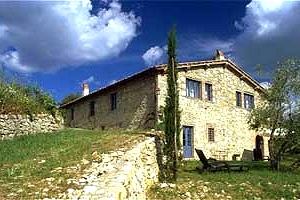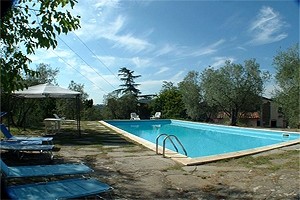



Art and Taste of Greve in Chianti

Our most requested holiday homes:
 Tuscan villa with pool near Radda in Chianti in the countryside of Chianti between Siena and Florence. Sleeps 10, Internet connection.
More details
Tuscan villa with pool near Radda in Chianti in the countryside of Chianti between Siena and Florence. Sleeps 10, Internet connection.
More details
 Villa for vacation rentals in Siena countryside. 4+2 sleeping accommodations, swimming pool.
More details
Villa for vacation rentals in Siena countryside. 4+2 sleeping accommodations, swimming pool.
More details
 Country luxury villa in San Polo in Chianti near Florence. 10+2 sleeping accommodations, swimmming pool.
More details
Country luxury villa in San Polo in Chianti near Florence. 10+2 sleeping accommodations, swimmming pool.
More details
 Beautiful independent house with swimming pool in panoramic position offering splendid views of the Tuscan hills and the towers of San Gimignano. The small villa is located in the province of Florence, near the charming village of Tavarnelle Val di Pesa. Sleeps 4, air conditioning, hydromassage, Internet connection.
More details
Beautiful independent house with swimming pool in panoramic position offering splendid views of the Tuscan hills and the towers of San Gimignano. The small villa is located in the province of Florence, near the charming village of Tavarnelle Val di Pesa. Sleeps 4, air conditioning, hydromassage, Internet connection.
More details






